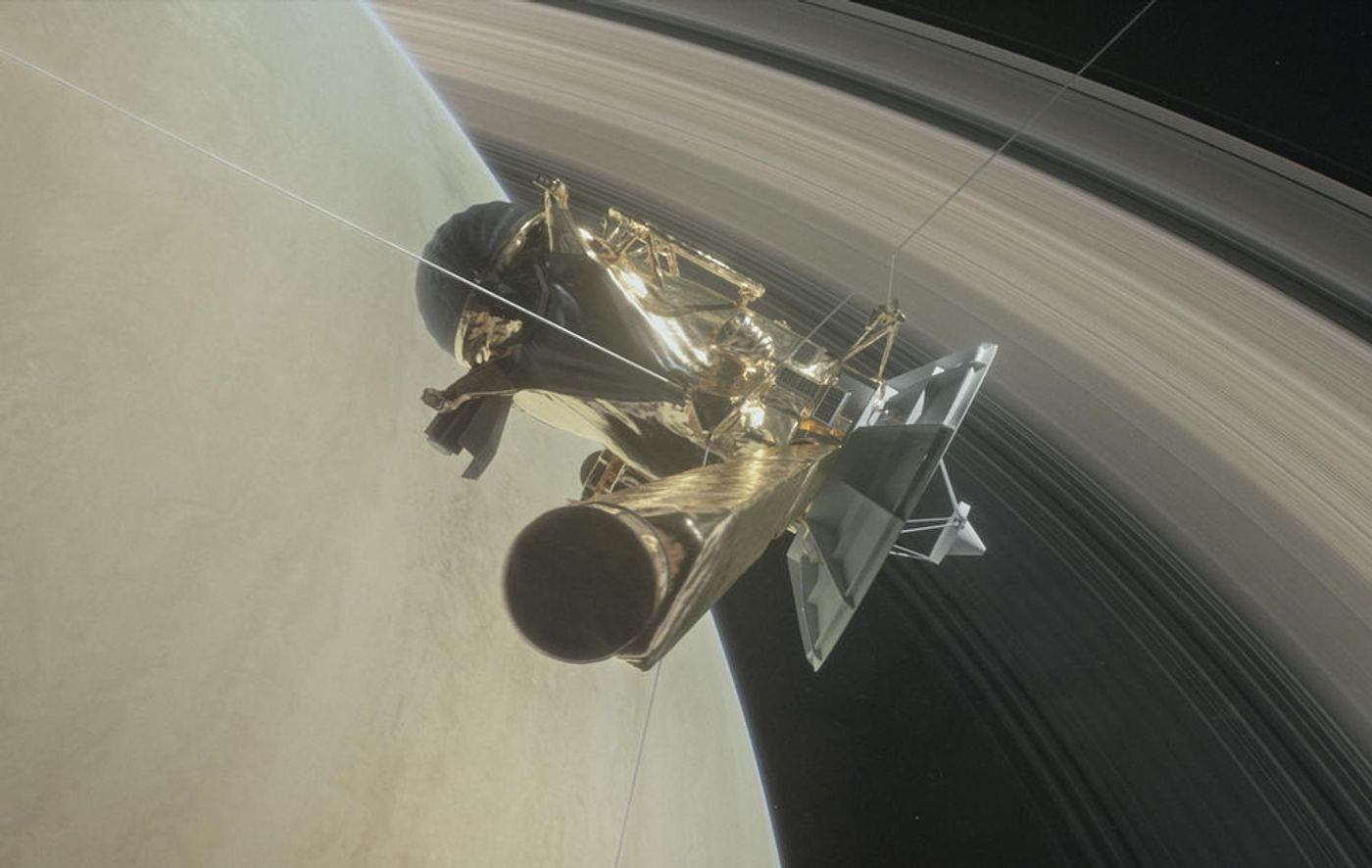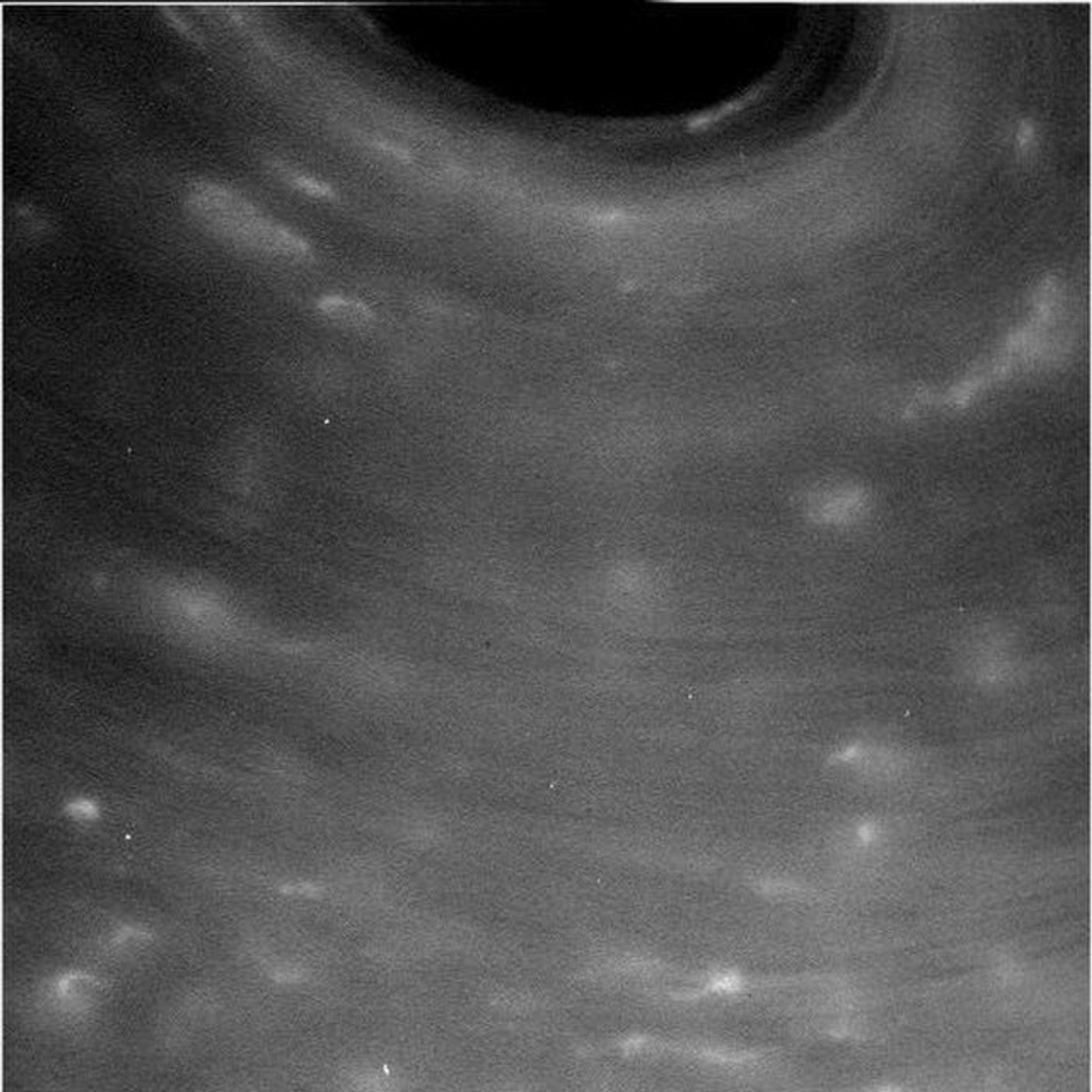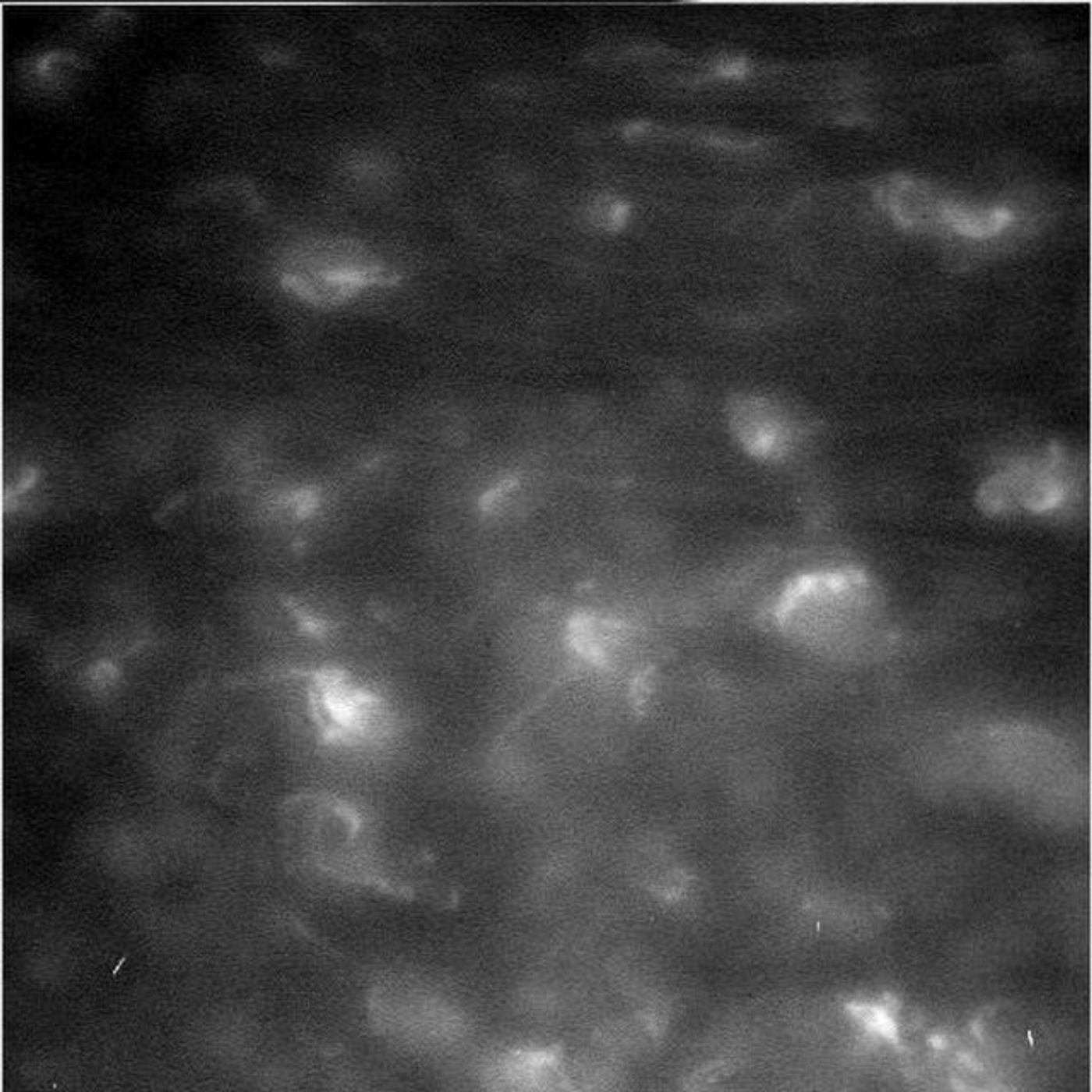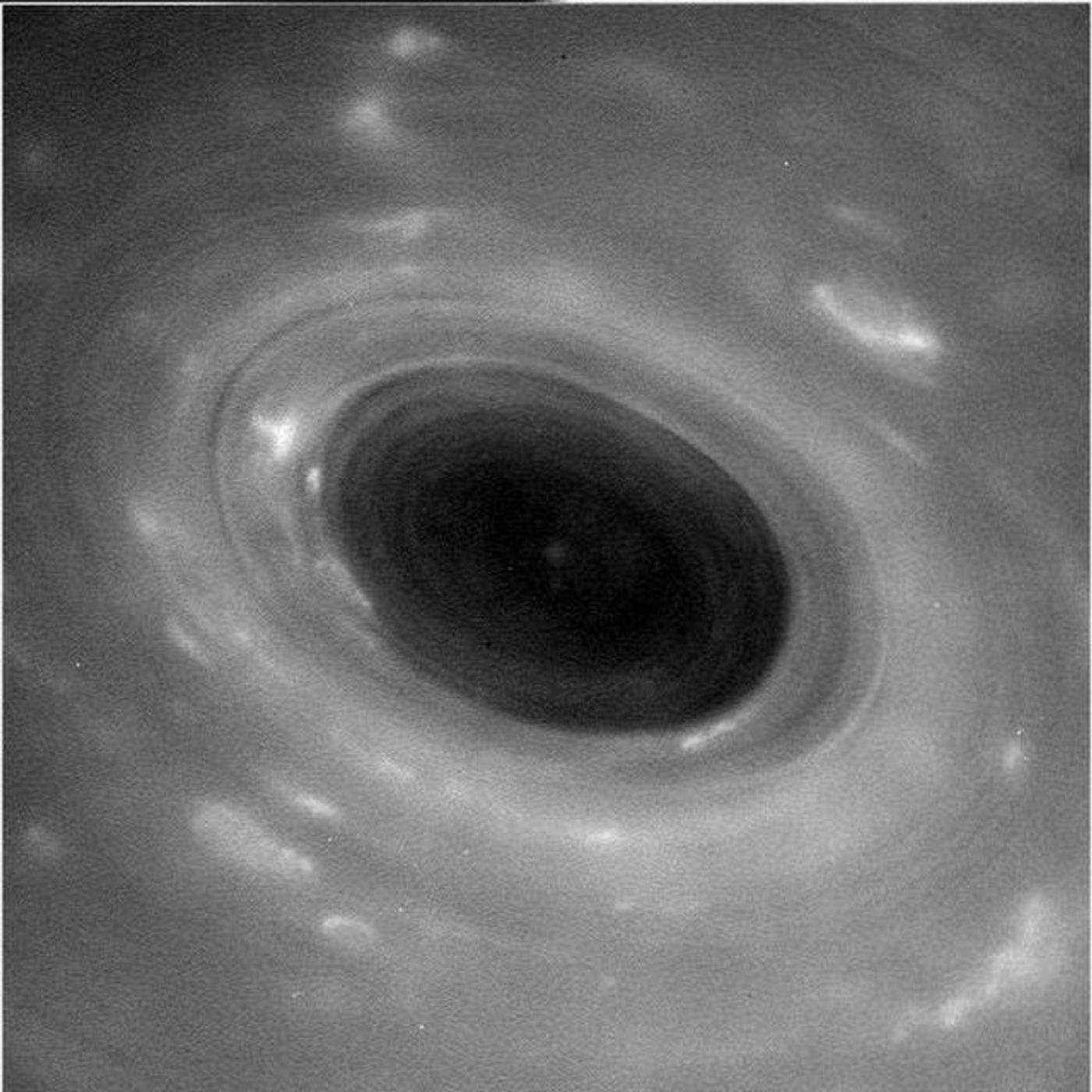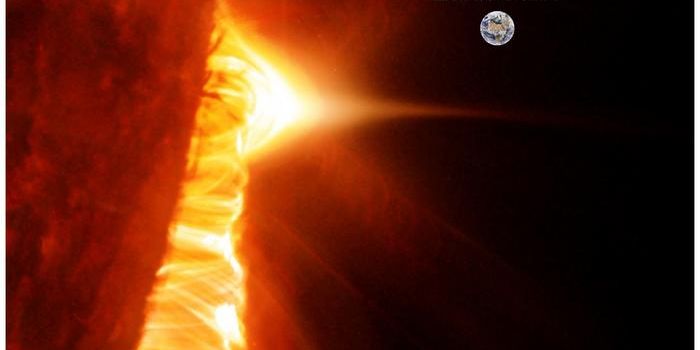Check Out These Incredible Saturn Images From the Cassini Dive
Cassini went through with the first of many risky dives in between Saturn and its rings this week to get more detailed imagery of the planet and its rings and satellites.
Image Credit: NASA/JPL-Caltech
In fact, the procedure was so risky that NASA decided to point the spacecraft’s antenna in the direction was moving as a shield, and this caused us to lose contact with Cassini until it eventually emerged on the other side of Saturn.
“No spacecraft has ever been this close to Saturn before. We could only rely on predictions, based on our experience with Saturn's other rings, of what we thought this gap between the rings and Saturn would be like,” said Cassini Project Manager Earl Maize of NASA's Jet Propulsion Laboratory in Pasadena, California.
Fortunately, all went well, as Cassini emerged unscathed. More importantly, NASA was able to re-connect with Cassini and download all of the photos that it took during its close encounter with Saturn and its rings.
“I am delighted to report that Cassini shot through the gap just as we planned and has come out the other side in excellent shape,” Maize continued.
The new detailed photographs show Saturn’s atmosphere in ways that we’ve never seen it before. Because of the slingshot motion of the spacecraft during the flyby, Cassini was able to get within 1,900 miles of Saturn’s clouds.
The incredible photographs show streaks and striations in Saturn’s cloudy atmosphere that are far from disappointing.
Image Credit: NASA/JPL-Caltech/Space Science Institute
Image Credit: NASA/JPL-Caltech/Space Science Institute
Image Credit: NASA/JPL-Caltech/Space Science Institute
The flyby also provided close-up imagery of a hurricane-like storm that’s similar to Jupiter’s Great Red Spot:
Image Credit: NASA/JPL-Caltech/Space Science Institute
There will be a total of 22 flybys before Cassini officially says goodbye and plunges into Saturn’s atmosphere in a suicide mission that will destroy the spacecraft. Because it’s running out of fuel after almost two decades of service, this is an attempt to prevent the spacecraft from colliding with any of Saturn’s moons and contaminating them, including Enceladus, which may have the means of supporting life in its potential subsurface ocean.
Related: Cassini prepares for its grand finale
The next scheduled flyby is reportedly scheduled for May 2nd, which should be able to provide shots of new angles and allow scientists to get a closer view of different details of Saturn and its rings.
One of the primary things scientists hope to learn from these flybys is just how old Saturn’s rings really are. Their composition should hold the answer to these questions.
Source: NASA
